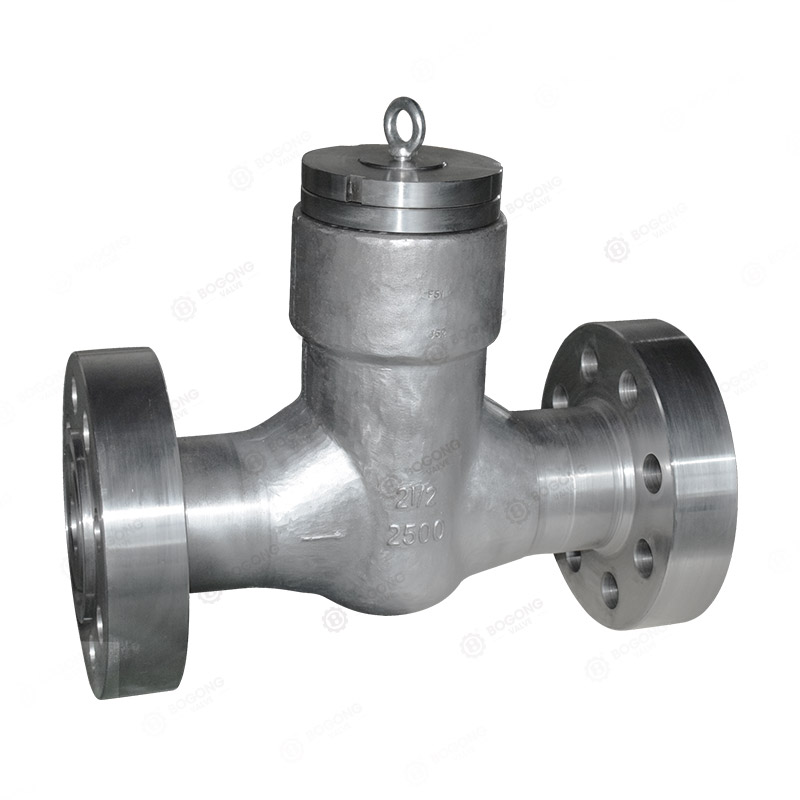bogong valve
Company news
bogong valve
Company news
During the use and installation of high-pressure check valves, attention should be paid to the following aspects to ensure their normal operation and safety:
Precautions before installation

Inspection and preparation:
Carefully check the model, specifications, and material of the check valve to ensure that it matches the system design requirements.
Check whether the appearance of the check valve is damaged, whether the interior is clean, and whether there are no foreign objects or corrosive substances.
Carefully read the product manual and installation instructions to understand the installation steps and precautions.
Performance test:
Conduct strength and tightness tests before installation to ensure that the check valve can operate normally and without leakage in high-pressure environments.
During the strength test, the test duration should not be less than five minutes, and the shell, packing, and other parts should be checked for any leakage.
Precautions during installation
Installation position and direction:
Ensure that the check valve is installed on the pipeline of the flowing medium, and that the flow direction of the medium is consistent with the direction indicated by the arrow on the valve body.
Choose the appropriate installation position based on the type of check valve (such as swing, lift, vertical, etc.). For example, a swing check valve can be installed horizontally or vertically, but when installed vertically, the flow direction of the medium must be from bottom to top.
Connection and fastening:
When connecting flanges, check whether the flange mating surface, bolts, nuts, gaskets and other components meet the requirements to ensure a tight and leak free connection.
When welding connections, ensure that the weld quality meets relevant standards and the weld strength is not lower than the valve body material.
Avoid over tightening check valves or pipe connections to prevent damage to the valve body and sealing surface.
Selection of sealing material:
Choose appropriate sealing materials based on fluid properties and working conditions, and avoid using sealing materials that are incompatible with the fluid.
Precautions during use
Operating standards:
Strictly follow the product manual and operating procedures to avoid equipment damage or accidents caused by improper operation.
Regular inspection and maintenance:
Regularly inspect the sealing, flexibility, and operational status of check valves, and promptly address any issues found.
Clean the dirt and impurities on the valve body and disc to keep the valve clean.
Safety precautions:
When operating check valves under high temperature and pressure conditions, protective equipment should be worn to avoid burns or scalds.
It is prohibited to perform cutting or welding operations on the installed check valve to avoid damaging the valve body and sealing surface.
Special precautions
For high-pressure check valves, special attention should be paid to whether their pressure bearing capacity and sealing performance meet the system design requirements.
During installation and maintenance, relevant safety regulations and operating procedures should be followed to ensure personal and equipment safety.
In summary, the precautions for high-pressure check valves cover multiple aspects such as preparation before installation, installation process, operation, and regular maintenance. Only by strictly following these precautions can the normal operation and safety of high-pressure check valves be ensured in high-pressure environments.